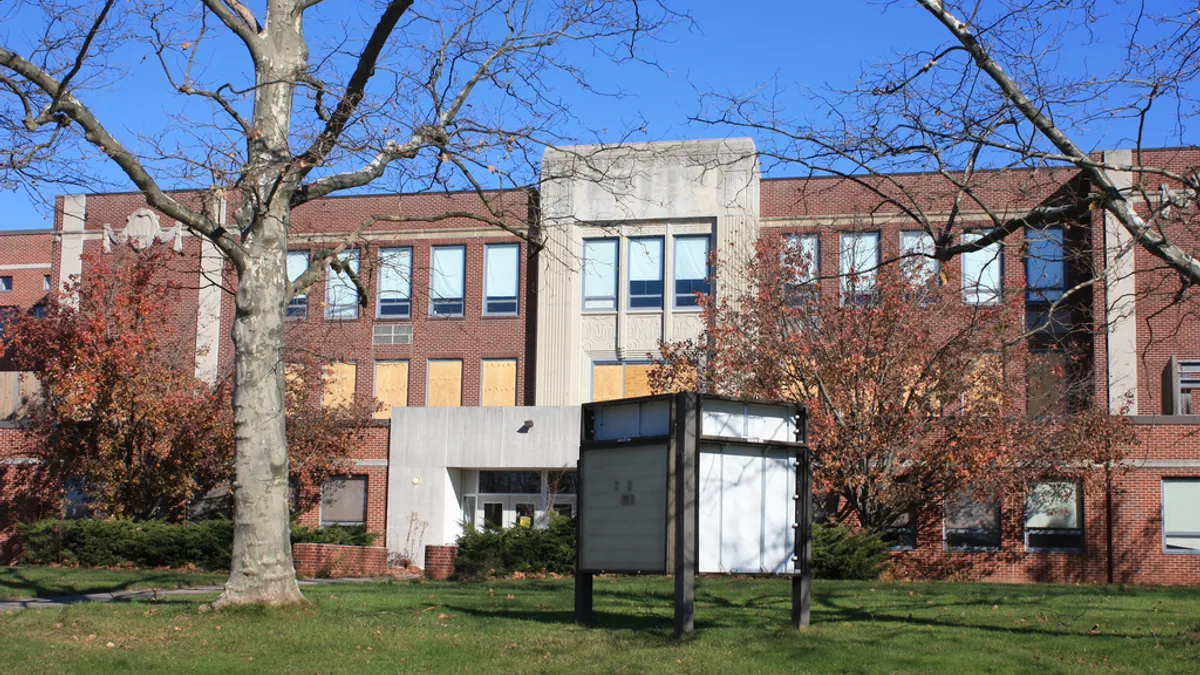Dive Brief:
- The Dearborn (MI) Public Schools' new organizational model places an executive director of student achievement at the head of every feeder track, which is defined as the attendance area of elementary schools and middle schools that include the population of the high school, write Superintendent Glenn Maleyko and Jill Chochol, the district's executive director for student achievement, in District Administration.
- The school system's previous organizational model divided the center office into elementary and secondary support systems.
- The school district has also instituted monthly professional development meetings that focus on collaboration and vertical alignment of teaching strategies as well as job-embedded professional learning.
Dive Insight:
While organizational change is difficult, it can have a positive effect on the way school districts accomplish their goals, especially if traditional models prove ineffective. According to a study conducted by Hanover Research called “Best Practices in Central Office Restructuring,” studies have found "that instruction is enhanced by the creation of new roles within the central district office." Their research cites one study which noted that central office personnel are not just “background noise in school improvement,” but are essential to the success of schools. The study goes on to recommend that “Central office staff should be assigned to work with specific schools rather than handling certain processes.”
The Dearborn Public Schools' new structure seems to follow these guidelines by assigning all the schools in a feeder pattern to one central office administrator, in effect creating “mini-districts” within the overall framework of the school district. While such an approach lacks the focus on instructional methods specific to elementary, middle, and high school programs, it has the great advantage of being more organic and of following the natural pathway a student would take if he were to remain within his or her assigned area. Such an approach also allows teachers and administrators to collaborate more effectively as they create a smooth transitions for students along the way.
The potential danger of such a system could be the division of the district along feeder pattern lines. Though each feeder pattern has its own characteristics and needs, it seems wise for district leaders to continue unified professional development as well so that all feeder tracks stay on the same page. In the meantime, it will be interesting to watch the progress of the district and the impact these changes have on student achievement.





 Dive Awards
Dive Awards






